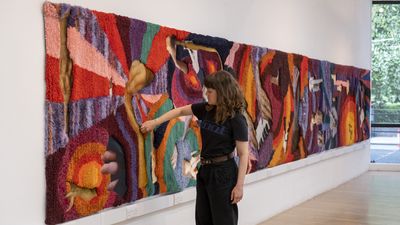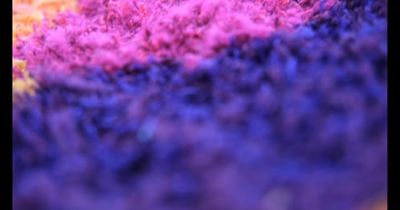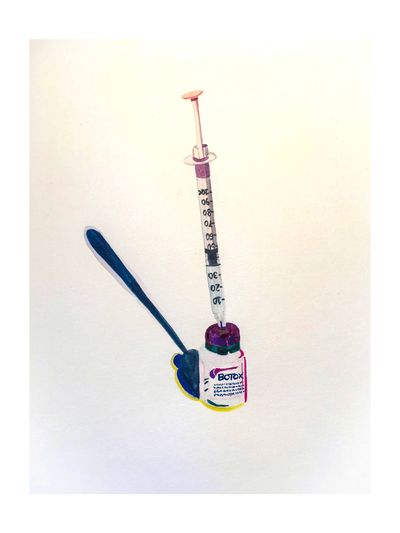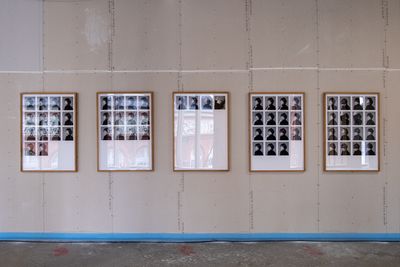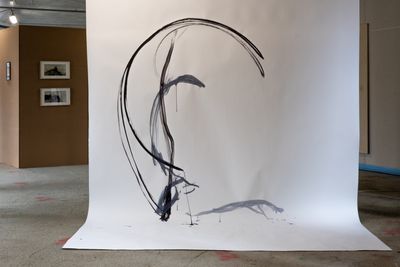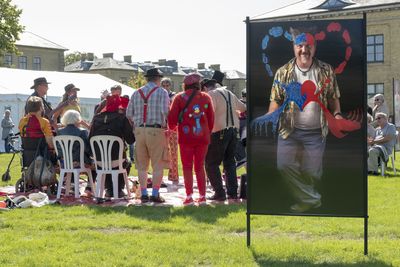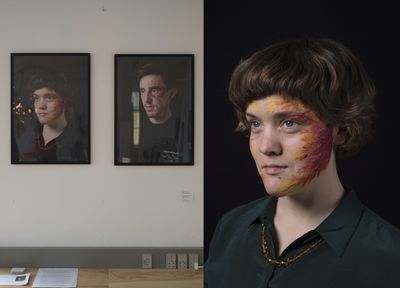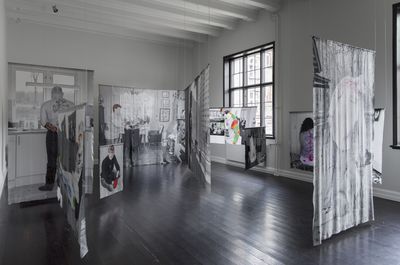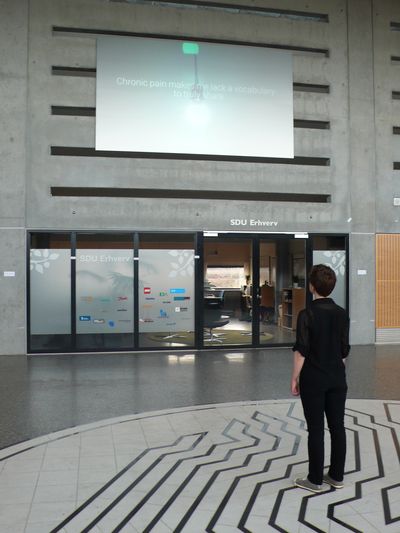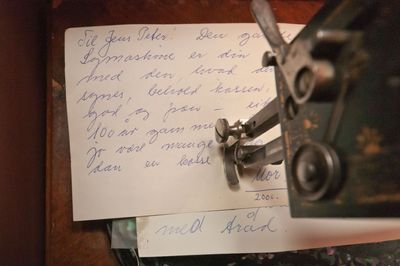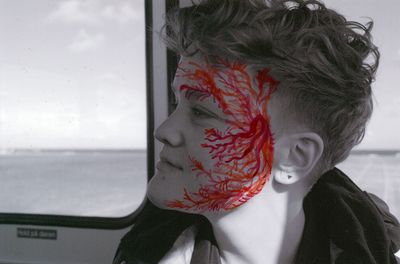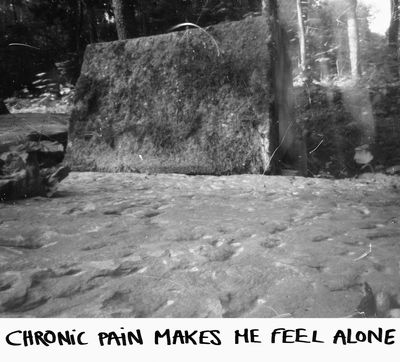Touch
Soft
Temporarily
I See You Are (Not) There - udstilling
Amazing Grace
I See You Are (Not) There - bog
Bridge
Release - Grid #1-15
Release - Performance
Headscapes
Hovedpine
Parallakse
(I)
Progression><Regression
Fortids- nutids- fremtidsparadokset
Hovedpinemaleri
Chronic Pain
Man taler ikke ilde her om den der ej til stede er
Progression><Regression
Unlearning Pain
Sindet flytter kroppen og kroppen følger sindet
Temporarily2020
On the desk in front of me sits a beautiful vial of the most acutely lethal toxin known to man; it only takes nanograms of this neurotoxin to kill someone. The vial is alluring: a small glass bottle with a deep purple metal top; the shiny glint of glass seems to follow my eye, making it impossible to read the medical writing on the etiquette.
“Monstrous masseter” the doctor bursts out to no-one in particular. I bite down hard, and he grabs hold of my cheek muscle. His touch is firm and unpleasant as he probes the muscle and wipes my face with alcohol swabs. He stabs the vial with a long, thin syringe, slowly draws a clear liquid, taps air bubbles out, touches my skin with a cold glove, and slowly injects the toxin into my muscle.
“ Botox blocks, Botox blocks”i Marianna Simnett sings cheerily like a children’s lullaby, in her uncanny video piece, The Needle and The Larynx ii. The video projection fills up the whole room. It’s a close-up of a needle rummaging around under the skin of Simnett’s throat, the hand of the doctor moving ever so slowly, stabbing her repeatedly. In slow-motion. The video gives me a visceral discomfort and I look away.
I know exactly how it feels; the memory is ingrained in my body, and maybe that is why this video makes me flinch. It’s not a particularly pleasant procedure; a pinch of the needle and the saline- mix flows into the muscle and creates a new awareness and stinging tension under the skin. The aftermath is several days of muscles that feel like they will burst open. The effect kicks in after a few weeks: the pain shifts, a veil lifts from my head, and suddenly I see the world clearer than before; I see without the mask of pain.
Botulinum Toxin, more commonly known as Botox is a neurotoxic protein that, when injected in very small doses, blocks signals between nerve and muscle and thus temporarily paralyses the muscle. The toxin is used in medicine as well as cosmetics.
Botox only blocks nerve signals temporarily, so injections need to be administered every three months. I know the procedure works, so it’s strangely comforting to hand over my responsibility and control to a person with a syringe full of neurotoxin. There are a ritual and protocol that we follow each time. I come with fear and vulnerability and leave soothed and sore. A precarious kind of soothing; a hope that lasts a few months, turns into dread and is to be repeated in a continuous loop.
A man was selling a miracle
Telling me not to be so cynical
Selling me
Lies, lies, lies
Allow a little
Let me paralyze you
Lies, lies, lies
For just a little while
He said better to be numb Better to be numb
Than think of what’s to come Botox blocks
Botox blocks
Botox blocks
Botox blocks iii
Today I leave soothed and sore and a little ashamed. I ask the doctor to do my crow’s-feet too; a friend has told me that it alleviated her headache, and I’m inspired, but suspicious of my motivation. Amongst wrinkles, my crow’s-feet are the only ones that I truly dislike. They appeared in a time of my life that I still feel shameful of. These tiny wrinkles are the embodiment of domestic abuse, addiction and, chronic pain, and coercive control. When I look at them I see a part of my life that I would rather not be reminded of. The procedure is supposed to relieve pain, but I secretly hope the crow’s feet will disappear as a side-effect; the side effect that most people, inspired by our ever-present identity culture, aim for. I don’t tell anyone of my glitch. I feel ashamed of my crow’s feet but even more so of my wish to transform them; of my naïve and unattainable desire to remove a painful past with a cosmetic procedure.
Simnett transforms her voice by shots to her vocal cords that temporarily lower the pitch of her voice, the gender symbolism is palpable; most people who get Botox transform into a younger version of themselves that they’d rather look like; I transform my body from sick to healed and (hopefully) remove a distressing past stored in my crow’s feet.
Temporarily.
i Marianna Simnett, The Needle & The Larynx, 2018
ii Marianna Simnett, The Needle & The Larynx, 2019, Copenhagen Contemporary.
iii Serpentine Galleries, ‘Marianna Simnett - The Needle and the Larynx’, Miracle Podcast
